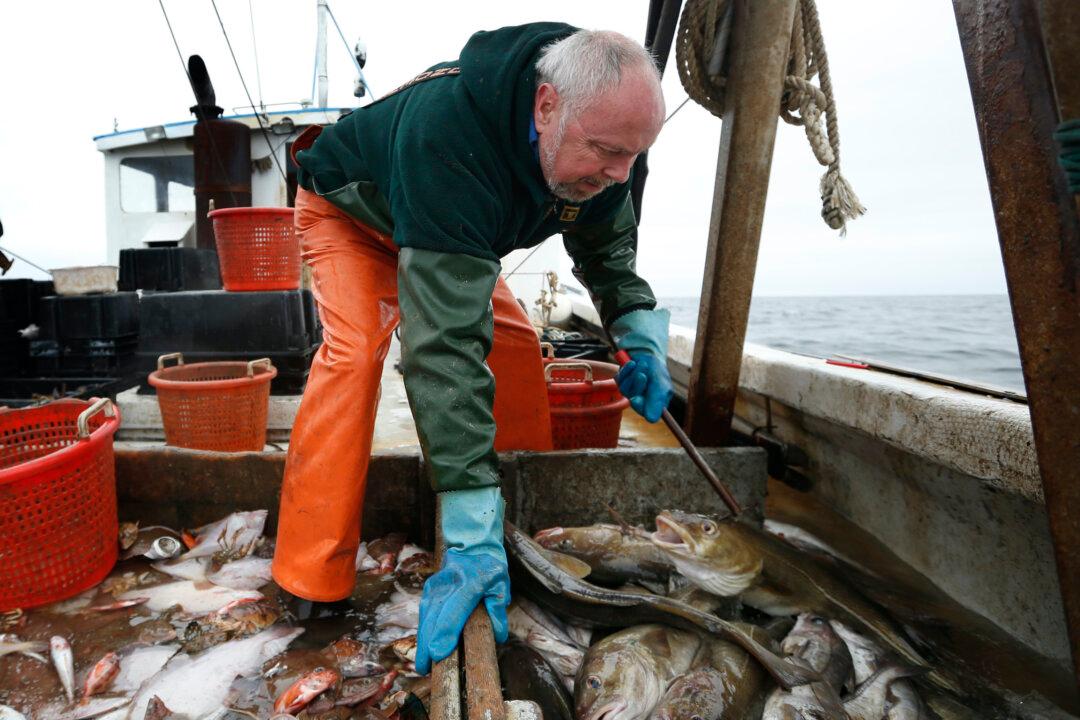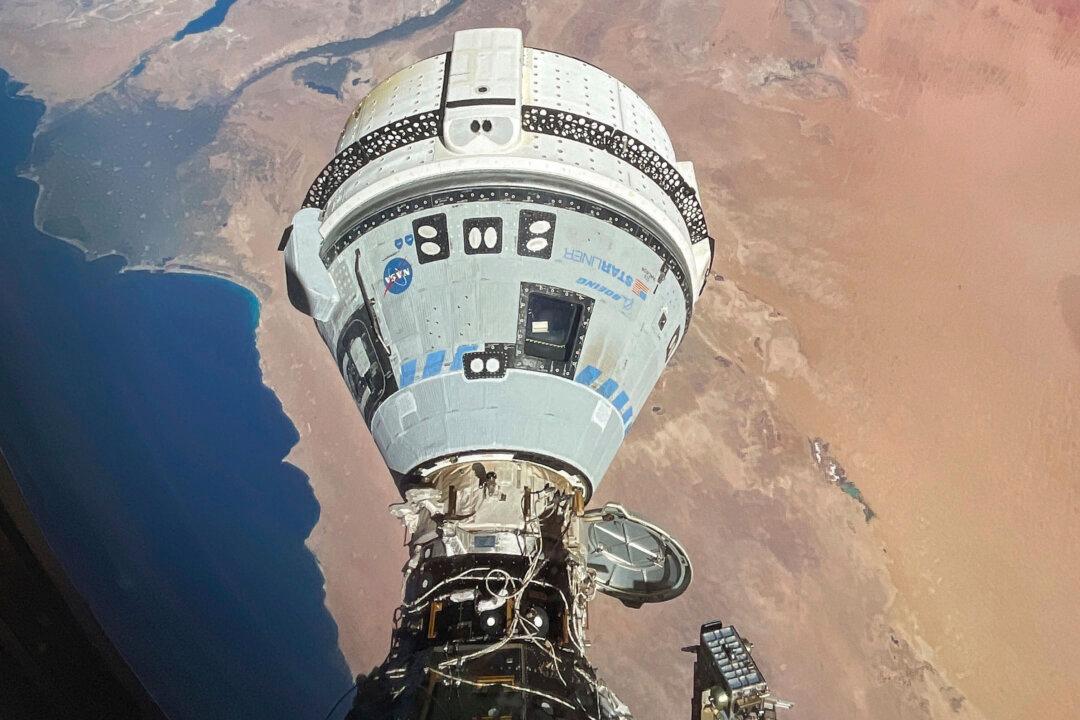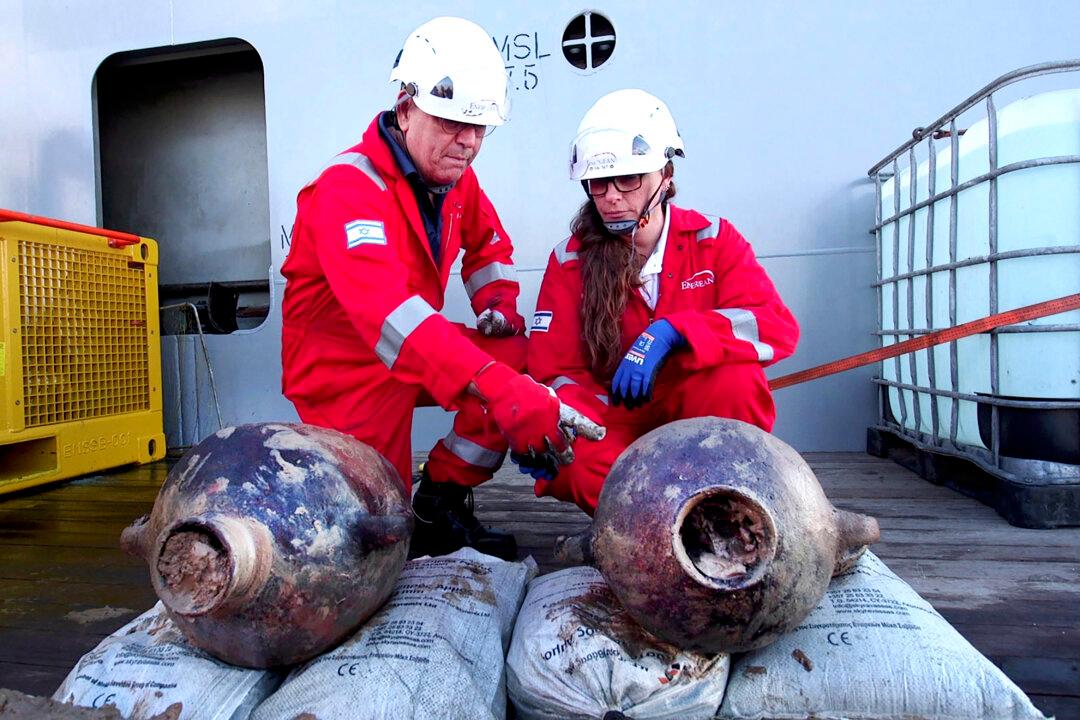A staple fish species caught for centuries on the East Coast is experiencing overfishing, and regulators have reportedly cut catch quotas by 84 percent, based on recommendations by a federal agency. But many fishermen have expressed their disagreement with the soundness of the findings.
Haddock are one of the most popular Atlantic fish, and a favorite for fish and chips and other New England seafood dishes.





